Europe draws millions of visitors each year to its famous capitals and iconic landmarks, but the continent’s most magical experiences often lie off the beaten path. While everyone flocks to Paris, Rome, and London, countless stunning destinations remain virtually untouched by mass tourism.
These places offer authentic cultural experiences, breathtaking landscapes, and the kinds of memories only discovery can create. Here is a list of 20 hidden gems across Europe that most tourists completely overlook.
Giethoorn, Netherlands
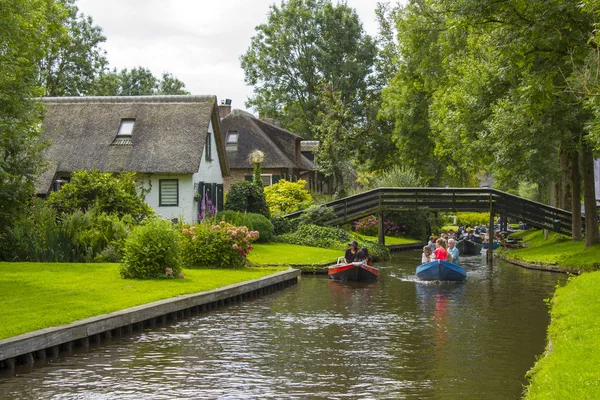
This enchanting village earned the nickname ‘Dutch Venice’ for good reason—there are no roads, only canals, footpaths, and bike trails. Visitors glide through waterways in whisper-quiet boats, passing thatched-roof farmhouses that look like something from a fairytale.
The 18th-century homes sit on small islands connected by over 180 wooden bridges, creating a peaceful atmosphere that feels worlds away from Amsterdam’s crowds.
Hallstatt, Austria
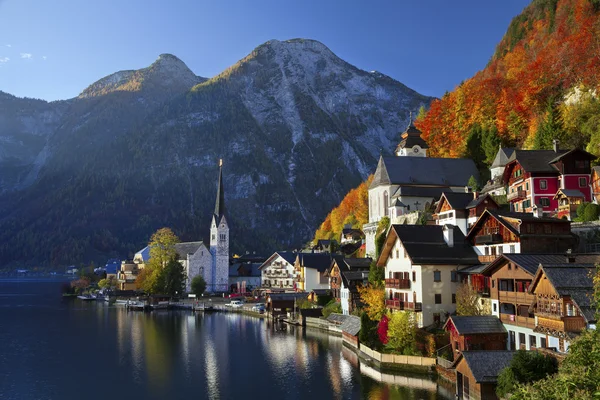
Nestled between a pristine alpine lake and towering mountains, this tiny village of 800 people looks like a postcard come to life. The pastel-colored houses reflect perfectly in Hallstätter See, while ancient salt mines and a bone chapel add layers of fascinating history.
Most tourists stick to Salzburg, leaving this UNESCO World Heritage Site blissfully quiet for those who make the journey.
Like Travel Pug’s content? Follow us on MSN.
Cesky Krumlov, Czech Republic
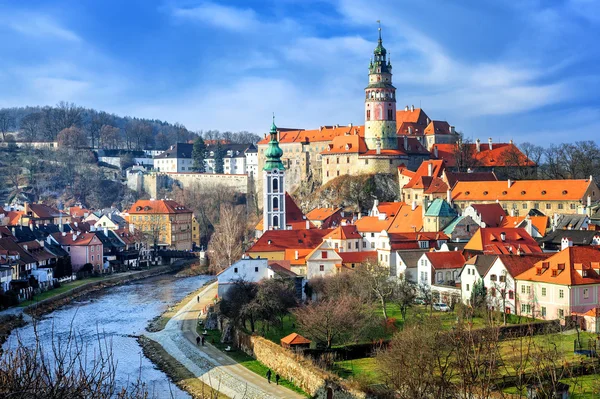
This medieval town survived centuries virtually unchanged, with its 13th-century castle towering over red-roofed buildings along the winding Vltava River. Cobblestone streets lead through a maze of Gothic, Renaissance, and Baroque architecture that feels like stepping into a time machine.
Prague gets all the attention, but this UNESCO site offers the same stunning beauty with a fraction of the crowds.
Sintra, Portugal
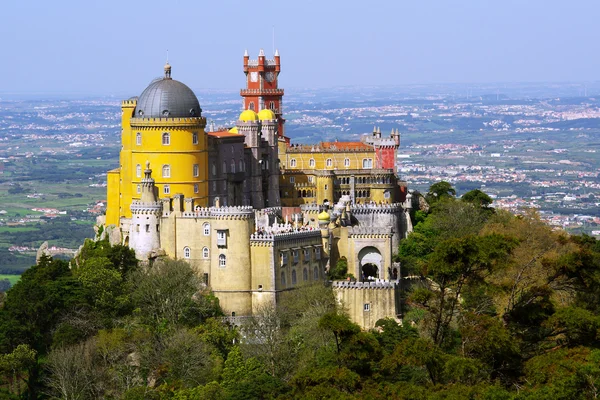
Just 19 miles from Lisbon, this mystical town hides among forested hills dotted with colorful palaces and romantic gardens. The fairy-tale Pena Palace sits atop a mountain in brilliant yellows and reds, while the mysterious Quinta da Regaleira features underground tunnels and hidden symbols.
Most visitors never venture beyond Lisbon’s city limits, missing this magical UNESCO World Heritage landscape entirely.
Lofoten Islands, Norway
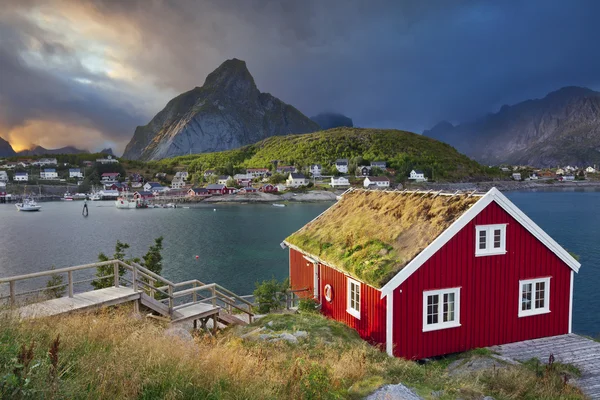
These dramatic islands rise straight from the Norwegian Sea like ancient cathedrals, their jagged peaks reaching over 3,000 feet above fishing villages that seem impossibly small below. Traditional red fishermen’s cabins called rorbuer dot the coastline.
At the same time, the midnight sun in summer and northern lights in winter create natural light shows that put any tourist attraction to shame. Norway’s fjords get the fame, but Lofoten offers equally stunning scenery with far fewer tour buses.
Like Travel Pug’s content? Follow us on MSN.
Óbidos, Portugal
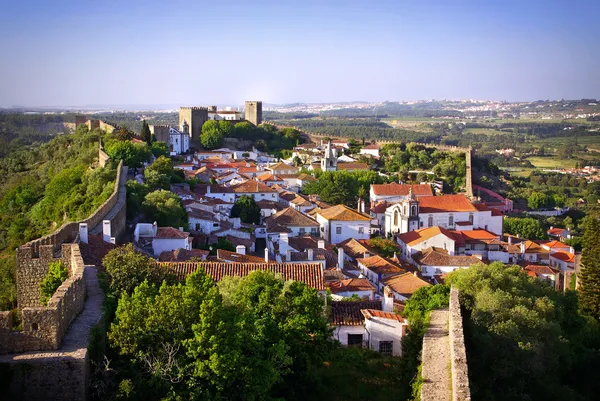
This perfectly preserved medieval town sits entirely within ancient stone walls, its narrow streets lined with whitewashed houses trimmed in brilliant blue and yellow. Local shops sell ginjinha, a sour cherry liqueur served in edible chocolate cups that makes wandering the ramparts even more delightful.
While everyone heads to Porto or Lisbon, this hilltop gem offers authentic Portuguese charm without the hassle of navigating crowded city centers.
Telč, Czech Republic
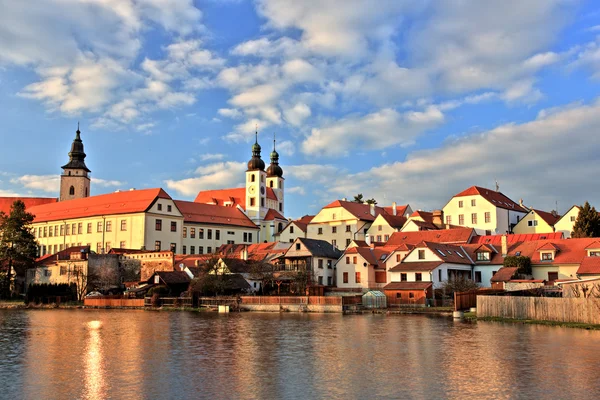
Renaissance and Baroque houses in soft pastels surround a triangular market square that looks like an open-air museum of Central European architecture. This UNESCO site maintains the same layout it had in the 14th century, with arcaded walkways and an ornamental pond that perfectly mirrors the colorful facades.
Most Czech tourists stick to Prague, leaving this architectural masterpiece surprisingly peaceful for such a photogenic destination.
Gimmelwald, Switzerland
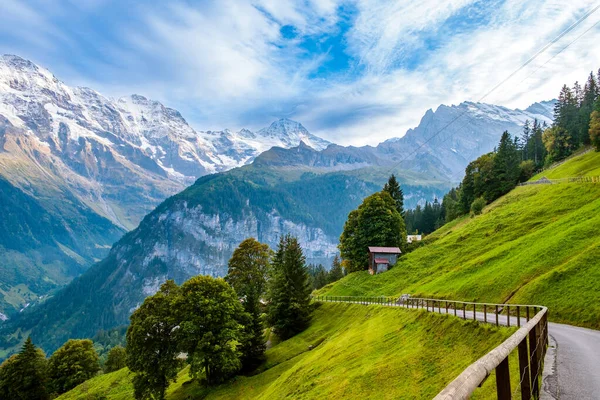
This car-free village clings to an Alpine cliff 4,593 feet above sea level, accessible only by cable car, and offers views that make the Swiss Alps look understated in postcards. Traditional wooden chalets house about 100 residents who still farm the steep meadows, while hiking trails lead to even more spectacular viewpoints.
Switzerland’s famous Jungfraujoch draws the crowds, but Gimmelwald delivers the same jaw-dropping scenery with authentic mountain culture intact.
Like Travel Pug’s content? Follow us on MSN.
Kotor, Montenegro
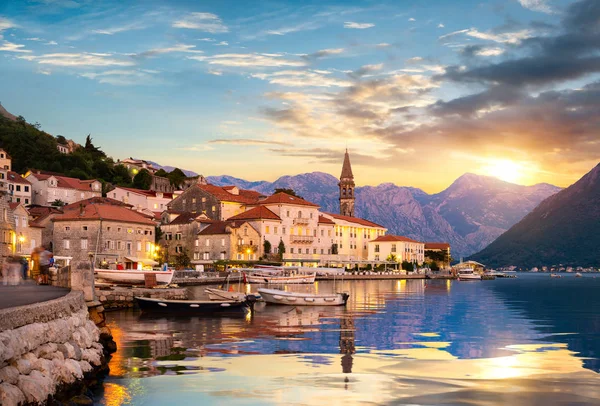
Medieval stone buildings climb the hillside from a pristine bay that looks more like a Norwegian fjord than the Mediterranean coast. The old town’s maze of narrow alleys opens onto hidden squares with centuries-old churches, while hiking up to the fortress ruins rewards visitors with panoramic views over the Adriatic.
Croatia’s Dubrovnik gets all the attention, but Kotor offers similar medieval magic at a fraction of the cost and crowds.
Annecy, France
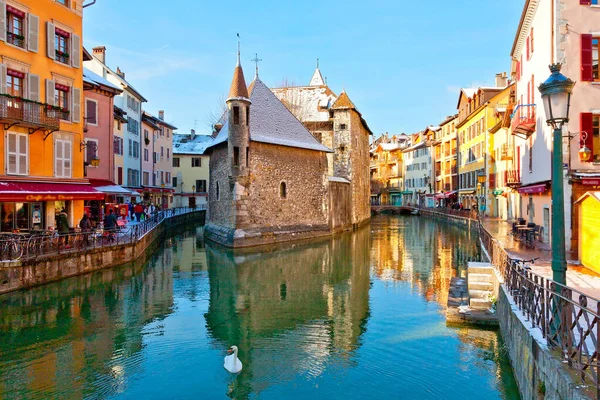
Turquoise canals wind through this Alpine town’s medieval center, earning it the title ‘Pearl of the French Alps’ for its impossibly clean lake and fairy-tale architecture. The 12th-century Palais de l’Isle sits on a tiny island in the canal like a stone ship, while the surrounding mountains reflect in Lake Annecy’s crystal-clear waters.
Most visitors stick to Paris or the Riviera, missing this perfect blend of mountain and water that locals consider France’s most beautiful small town.
Rothenburg ob der Tauber, Germany
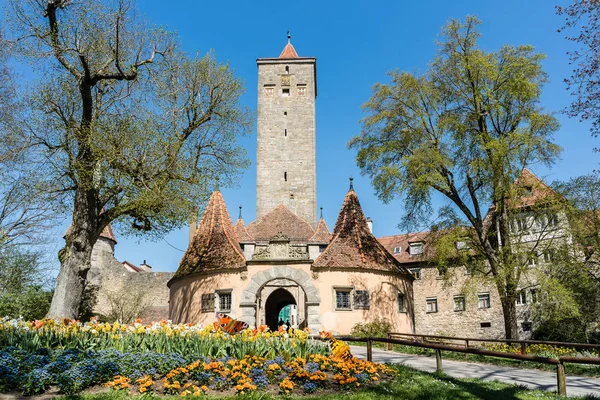
This walled medieval city survived World War II completely intact, preserving its 14th-century appearance down to the last cobblestone and timber-framed house. Night guards still patrol the walls offering torchlit tours, while the Criminal Museum displays medieval justice methods that make modern parking tickets seem pleasant by comparison.
Germany’s famous Romantic Road passes right through, but most tourists speed past, heading to bigger cities and missing the country’s best-preserved medieval gem.
Like Travel Pug’s content? Follow us on MSN.
Matera, Italy
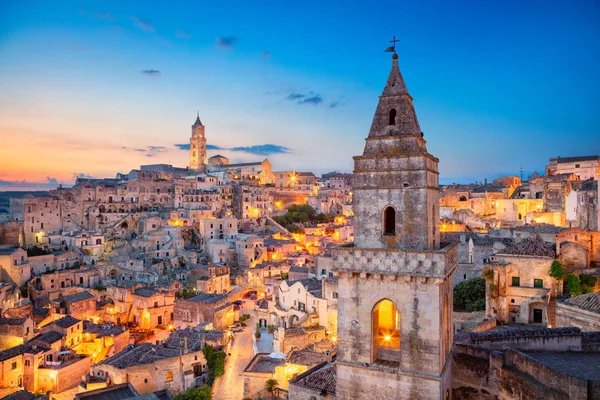
These ancient cave dwellings, carved directly into limestone cliffs, housed families for over 9,000 years, making Matera one of the world’s oldest continuously inhabited cities. The Sassi districts look like a nativity scene come to life, with stone houses, churches, and even hotels built into the natural rock formations.
While Rome and Florence are overwhelmed with tourists, this UNESCO site in southern Italy offers profound history with room to contemplate the incredible human story carved into its stones.
Plitvice Lakes, Croatia
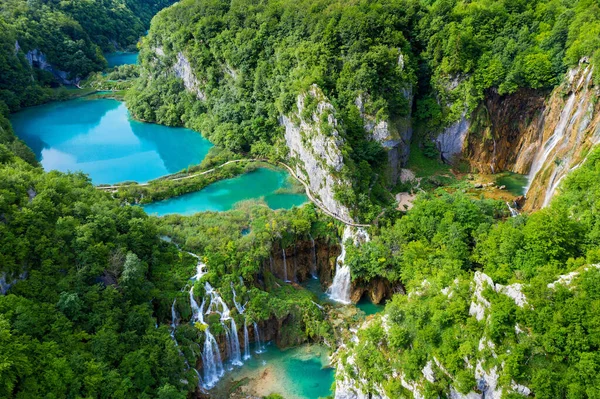
Sixteen terraced lakes connected by waterfalls cascade through pristine forest, their colors shifting from azure to green to gray depending on the minerals and lighting. Wooden walkways wind over and around the water, leading visitors through what feels like nature’s most elaborate water garden.
Croatia’s coast draws the beach crowds, but this inland national park showcases the country’s wild side with hiking trails that reveal new waterfalls around every bend.
Bled, Slovenia
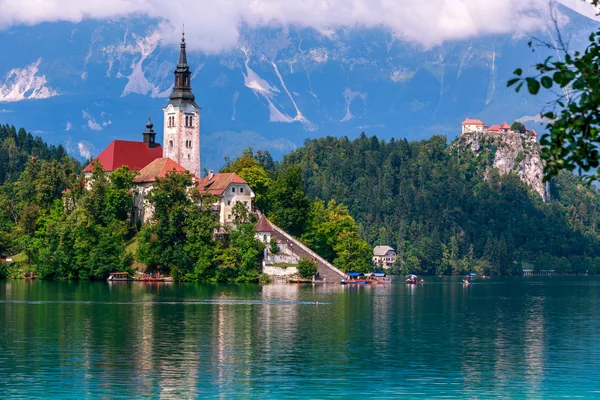
This Alpine lake centers around a tiny island topped with a baroque church, while a medieval castle perches dramatically on a cliff overlooking the entire scene. Traditional wooden boats called pletna ferry visitors to the island, where ringing the church bell supposedly grants wishes to newlyweds.
Most travelers skip Slovenia entirely, missing this storybook setting that combines the best of the Alps with authentic Central European charm.
Like Travel Pug’s content? Follow us on MSN.
Colmar, France
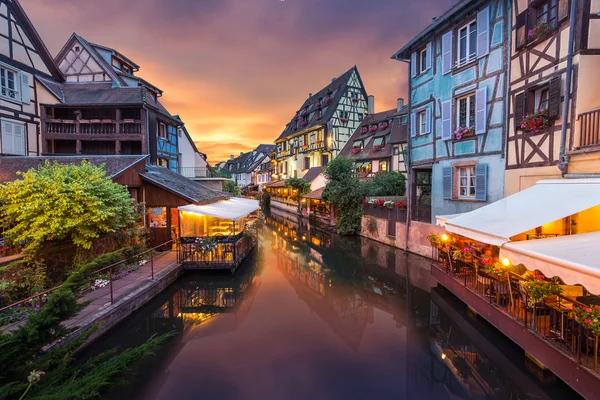
Half-timbered houses in candy colors line canals in this Alsatian town that inspired Disney’s Beauty and the Beast village. The ‘Little Venice’ quarter feels like stepping into a medieval painting, while local restaurants serve Alsatian specialties that blend French sophistication with German heartiness. Paris draws the masses, but Colmar preserves the fairy-tale France that most visitors only dream of finding.
Rila Monastery, Bulgaria
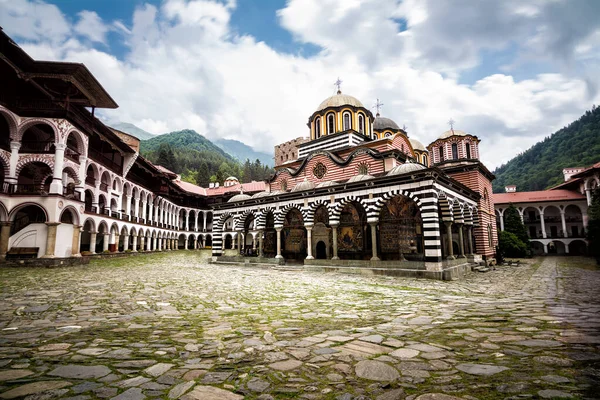
Hidden in mountain forests 75 miles south of Sofia, this 10th-century monastery complex features striped arches, brilliant frescoes, and Bulgaria’s most important cultural treasures. The main church’s exterior looks like a jeweled music box, while the interior houses 1,200 murals depicting biblical scenes with remarkable detail.
Most European tourists never consider Bulgaria, leaving this UNESCO World Heritage Site peaceful for contemplation and photography.
Faroe Islands
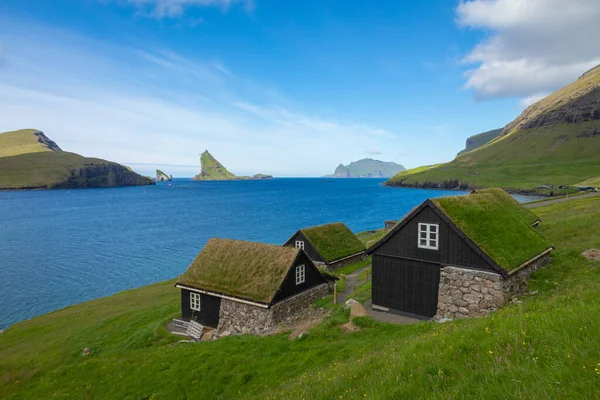
These 18 grass-covered islands scattered between Iceland and Norway offer dramatic cliffs, hidden villages, and some of the most unspoiled Nordic landscapes left in Europe. Sheep outnumber the 50,000 residents, while traditional grass-roof houses dot valleys that look untouched since Viking times.
Iceland gets the Instagram fame, but the Faroes deliver equally stunning Nordic beauty with authentic island culture and virtually no crowds.
Like Travel Pug’s content? Follow us on MSN.
Sighisoara, Romania
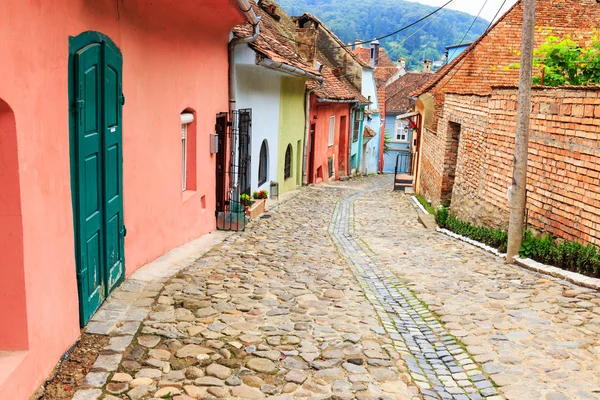
This hilltop citadel, where Vlad the Impaler was born, maintains its medieval character better than any other inhabited fortress in Europe. Cobblestone streets wind past pastel towers and Gothic churches, while the famous Clock Tower overlooks red-tiled roofs that seem to glow at sunset.
Romania rarely appears on European itineraries, leaving this UNESCO site wonderfully preserved and pleasantly uncrowded for visitors who appreciate an authentic medieval atmosphere.
Meteora, Greece
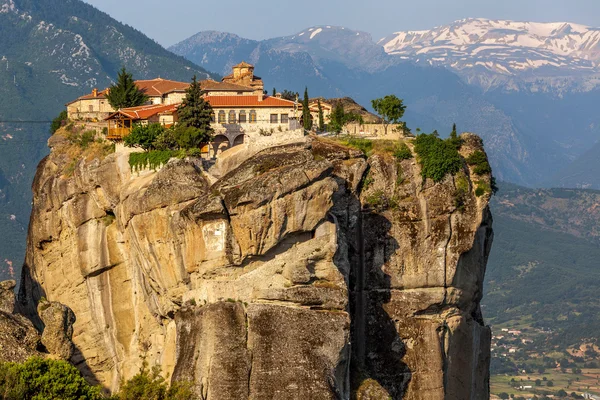
Six Eastern Orthodox monasteries perch impossibly on towering rock pillars, accessible only by steep hiking trails or winding roads that test even experienced drivers’ nerves. These 14th-century religious communities seem to float between earth and sky, while the surrounding Thessaly plain stretches endlessly below.
Greece’s islands monopolize tourist attention, but these sacred rocks in the mainland’s interior offer spiritual architecture that defies both gravity and expectations.
Bruges, Belgium
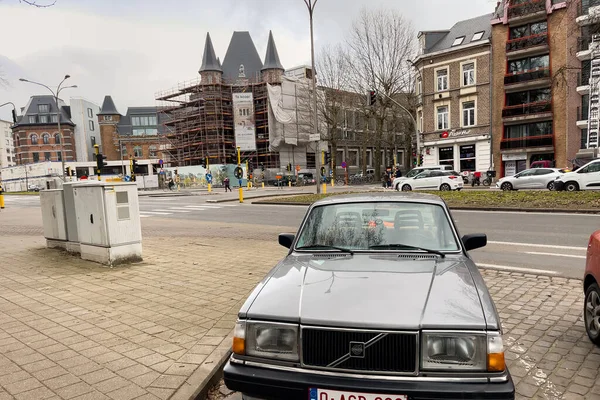
This medieval city’s canals wind past Gothic architecture and cobblestone squares that feel frozen in time, earning it the nickname ‘Venice of the North’. Horse-drawn carriages clip-clop over ancient bridges while swans glide through waterways lined with step-gabled houses.
Most tourists stick to Brussels or rush through on day trips, missing the magic of staying overnight when the tour groups disappear and locals reclaim their fairy-tale city.
Like Travel Pug’s content? Follow us on MSN.
Europe’s Best-Kept Secrets Await
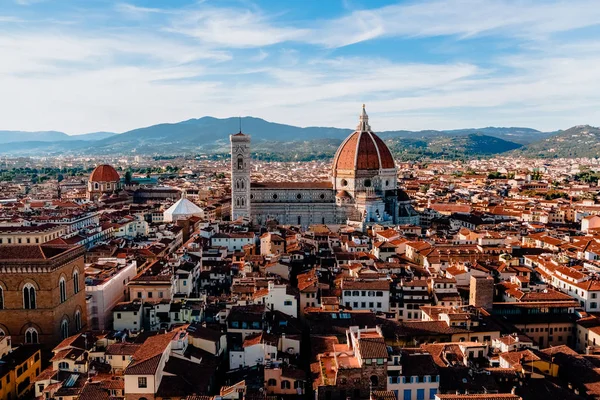
These hidden gems prove that Europe’s most memorable experiences often happen far from the guidebook favorites and Instagram hotspots. Each destination offers something that mass tourism tends to destroy—authenticity, tranquility, and the genuine connection between travelers and places that comes from discovery rather than obligation.
While famous cities certainly have their merits, these overlooked corners of Europe remind us that the continent’s greatest treasures often hide in plain sight, waiting for curious travelers willing to venture beyond the obvious. The next time you plan a European adventure, consider trading crowded landmarks for these peaceful havens where every photo captures something truly special.
More from Travel Pug

- 20 Best Beach Towns in the Carolinas
- 13 Destinations Where Tourists Regularly Regret Their Trip
- 20 Things You Actually Get in First Class
- 20 Small Airports With Aviation Museums
- 20 Places in the U.S. That Are Perfect for a Reset Trip
Like Travel Pug’s content? Follow us on MSN.
